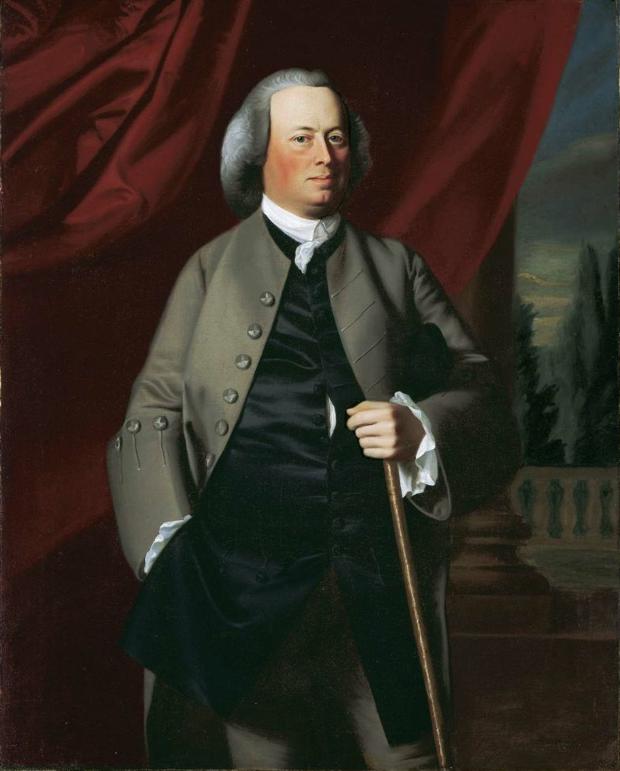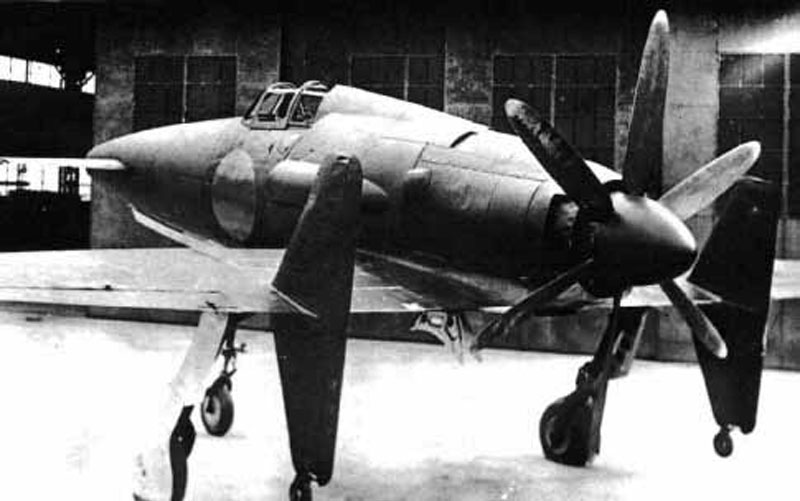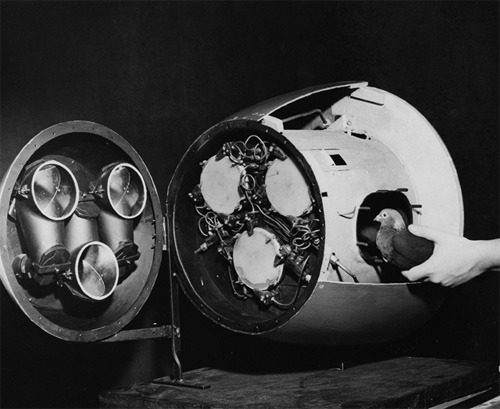It's that time of year when I find myself subconsciously humming the theme from
The Longest Day, or singing
Requiem for a Soldier from
Band of Brothers.
We have seventy years of hindsight under our belts since the allies stormed the Normandy beaches, June 6th, 1944. World War Two still remains the largest conflict in human history, touching every part of the globe from Antarctica to the Sahara desert. Huge advancements were made in technology and in six years, biplanes went out and jet fighters came in. It was a desperate affair for both sides and sometimes some pretty desperate plans were thought up to win it. There were weird plots popping up all the time in the fertile brains of MI5 and over on the other side of the channel, Hitler was still trying to come up with a super weapon when the Russians were closing in on Berlin.
Operation Mincemeat takes the cake as one of the most bizarre plans ever to be thought up by man; it even
 |
| Identity Card for Major Martin, the man who never was |
supersedes the plot to dust itching powder on Nazi clothes in an attempt to win the war. Operation Mincemeat was dreamed up by MI5 in conjunction with the Royal Navy. The plan was to somehow dupe the Germans into thinking the Allies were planning to invade Sardinia and Greece, when the real objective was
Sicily. So, they invented a man who never was. The Navy procured a dead body at a morgue, outfitted him with high ranking identification papers, forged top secret plans to plant on him, then, in the dead of night, set him adrift in the Mediterranean to float ashore at a German base. The amount of planning was spectacular, but in the end it was worth it...the Germans fell for it, moving their forces to Greece and Sardinia while the Allies landed on Sicily.
 |
Artists conception of Project Habakkuk next to an
ordinary Second World War aircraft carrier |
Judging from Operation Mincemeat (and the itchy powder thing) the British were pretty desperate during the war. They'd just been pulverized by the Blitz and had left mountains of equipment behind on the French Beaches in 1940. Some of their plans were pretty brilliant, like the
Bouncing Bomb, or the
Mulberry Harbor. With all this in mind, it seems odd that they chose to sink their money into an idea as wild as Project Habakkuk. The plan was to build a landing strip on an iceberg, but when it was decided that icebergs are too fragile, they switched to frozen wood pulp. Project Habakkuk was going to be a massive aircraft carrier, adrift in the North Atlantic, with an elaborate cooling system to keep the wood pulp frozen. Fortunately, it was decided that it wasn't worth the severe paper shortage and the project was scrapped.
 |
The Ratte compared to the Maus and the Tiger;
the Maus (mouse) was the largest tank ever built |
If the British were mad, the Nazis were insane. Hitler loved wild ideas and always gave them his full support. From
Vengeance Weapons (which included the V2, the first man-made object to enter space) to a plan to create
giant whirlwinds to combat the RAF, Hitler was always game. His elephant under the rug, though, was probably the largest tank ever to be conceived. It was called the
Landkreuzer P. 1000 Ratte, and if built, would have been the size of a house, outfitted with the same guns used on the
Scharnhorst-class battleships. Unfortunately, his engineers were never able to come up with an engine powerful enough to run the 1,000 ton tank, and the project was cancelled.
 |
| Tubby |
Another of Hitler's attempts at a 'super weapon' was the Messerschmitt Me 163 Komet. These nifty little fighters were the first (and hopefully the last) rocket powered fighters. Though they were capable of going 700 mph (a speed not equaled again until
1947), they were not effective, because they could only stay up in the air for eight minutes. Oh, and they blew up regularly, too.
The Japanese came up with a fair number of ideas
themselves; they built the
largest battleships ever to float (and consequently, ever to sink), but finally degraded to
kamikaze attacks. The Japanese were desperate and hurting for money and supplies, but still managed to work on highly advanced projects. The Kyushu J7W is probably one of the weirdest looking airplanes ever built; it would have been exceptionally fast, but even if it had been produced in large numbers, it probably would not have changed the course of the war.
The Americans were in on the weirdness, too. While a group of scientists was in the Arizona desert working on the
Manhattan Project (which literally blew all the other super weapons out of the picture), a psychologist named B. F. Skinner came up with the idea of a pigeon-guided missile (which was almost as crazy as the
bat-bomb idea...don't get me started on that one). The theory was that pigeons inside the missile would peck at a screen to keep the thing on course; surprisingly, the United States Army actually gave the project funding, though fortunately, a pigeon-guided missile was never used. No one ever mentioned what happened to the pigeons.
We have the Italians to thank for Human Torpedoes. They were invented during the First World War and
 |
| Siluro San Bartolomeo: an Italian manned torpedo |
perfected in the Second for use against
ships in harbors. According to the plan, divers would point them in the right direction, then jump off while the torpedo continued on to blow up a ship. By the later half of the war, the British, Americans and Germans were using them too, so did the Japanese, only their divers didn't bother jumping off.
Secret weapons and plots abounded throughout the Second World War. One could argue that a few of them cut the war short (the Manhattan project certainly did), but despite it all, actual flesh and blood men, willing to give the ultimate sacrifice, have remained the main element in every war in history.
~Psyche









